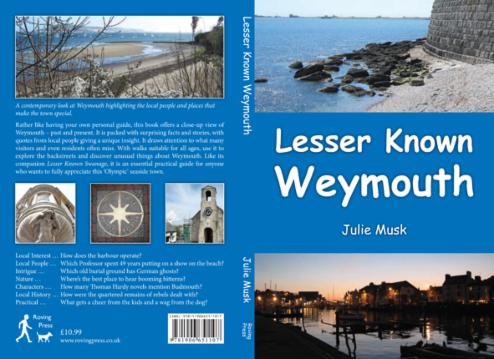 | BOOK DETAILS Title: Lesser Known Weymouth Author: Julie Musk RRP: £10.99 Sale Price: £9.99 Publication date: 7 December 2011 Format: 234 x 156 mm Number of pages: 160 Illustrations: 120 Maps: 8 ISBN: 978-1-906651-107 Please CLICK HERE for ordering options |
A contemporary look at Weymouth, highlighting local people and places that make the town special
Rather like having your own personal guide, this book offers a close-up view of Weymouth – past and present. It’s packed with surprising facts and stories, with quotes from local people giving a unique insight. It draws attention to what many visitors and even residents often miss. With walks suitable for all ages, use it to explore the backstreets and discover unusual things about Weymouth. Like its companion Lesser Known Swanage, it is an essential practical guide for anyone who wants to fully appreciate this ‘Olympic’ seaside town.
Local Interest … How does the harbour operate?
Local People … Which Professor spent 49 years putting on a show on the beach?
Intrigue … Which old burial ground has German ghosts?
Nature … Where’s the best place to hear booming bitterns?
Characters … How many Thomas Hardy novels mention Budmouth?
Local History … How were the quartered remains of rebels dealt with?
Practical … What gets a cheer from the kids and a wag from the dog?
Preface
Lesser Known Weymouth is the second in a series of Lesser Known guide books which look at specific places in some detail – rather like having your own local guide to show you around and point out the interesting bits.
Weymouth today comprises Melcombe Regis, together with the villages of Nottington, Broadwey, Preston, Radipole, Upwey and Wyke Regis, which until 1933 locally governed themselves and had their own parish councils. Nowadays, all these different areas comprise Weymouth. For reasons of space, this book concentrates on the area of old Weymouth and Melcombe Regis and only mentions these outlying villages in passing.
This is not a detailed history book, as the town’s past is covered in many other excellent titles. However, the past is so much tied with Weymouth’s development that I can’t help bringing it in, but hopefully with a ‘lesser known’ twist. Essentially the book is a contemporary look at Weymouth, highlighting local people, businesses and organisations that are unique or special to the area. Apologies to anyone who feels they were left out.
Stories and anecdotes are usually more interesting than facts, and this book hopes, above all, to be a good story. Local people are the best source of such material, and their narrative is interspersed with background details and personal observations. Hopefully you will discover some lesser-known facts and places from reading this book and will use it to explore. With this in mind, at the back of the book are six walks, with quiz questions to keep younger readers interested.
 | 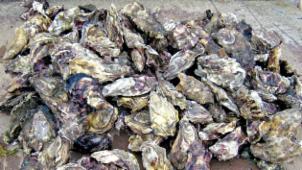 | |
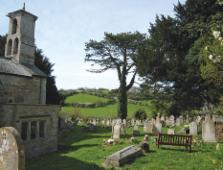 | 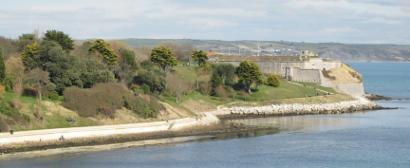 | |
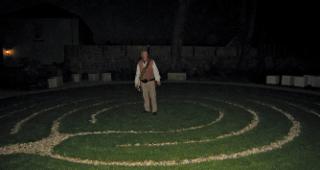 | 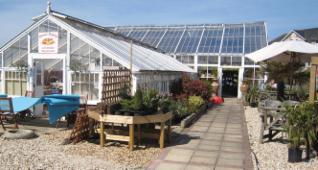 |
CONTENTS
Introduction
The Past
The Harbour and Sea
Fishing
Sailing and Boating
Diving
Lifeboat Station
Sea Rowing
Trips from Weymouth
Swimming
Smuggling
The Seafront and Beach
Royal Visitors
The Seafront and Beach Today
Donkeys
Punch and Judy
Sand Sculpting
The Land Train
Nature Areas
Radipole Lake
Lodmoor
Lorton Meadows
The Nothe
Chesil Beach and the Fleet
Bennett’s Water Gardens and Chickerell Downs
Wild About Weymouth and Portland
Local Fare
Markets
Some Local Producers/Retailers
The Arts
Some Famous Artists
Visual Art in Weymouth
Sand Sculpting
Books and Authors
Music
Dance and Drama
Filming – on Location in and Around Weymouth
Folklore
Family Fun and Other Activities
Lodmoor Country Park
Gardens and Play Areas
Leisure Centres
Geocaching
Guided Tours and Re-enactments
The Old Town Hall
Tudor House
Other Places to Hang Out
Dog-Friendly Places
Regular Events
Exploring
Walk 1: Greenhill and the Esplanade
Walk 2: Town Centre and Quayside
Walk 3: Town Centre and Marina
Walk 4: Harbourside and the Nothe
Walk 5: Castle, Cove and Trail
Walk 6: Around Boot Hill
Other Walks and Cycling Routes
Wey Valley Walks
Rodwell Trail
Cycling
Help and Information
Maps
Transport
Tourist Information Centre
Weymouth Museum
Weymouth Library
Beach Office and Lifeguards
Useful Contacts and Sources of Information
Bibliography
Extract from the book – Ferries
Small ferries leave for Portland Castle and Lulworth Cove. Terry Pavey has been taking people out in his boat around the breakwater for the last 22 years; his father did the same for 40 years, before handing over the reins. His boat Lady Ella (named after his granddaughter) can take 12 passengers, including animals. He was once asked to accommodate a tortoise that was going on a sea journey and its owner wanted to accustom it to water. Terry offers hourly trips with commentary between Easter and October. Around the breakwater you can still see old cannons that have tumbled off the wall onto the rocks below.
If looking for a shorter trip, to save the walk round to the Nothe, try the rowing ferry. A mere 50p buys you the strong arms of a ferryman in his traditional clinker boat. The job was originally kept for retired seafarers and fishermen, and today there are four men licensed by the Council to operate here. They pay to have their boats safety inspected, for a waterman’s licence to prove they know the ‘rules of the road’ and also to use the public steps. Occasionally the tide is out and it’s so shallow on the Weymouth side they can’t get the boat alongside; it happens about twice a year with the spring tide. The ferry operates between Weymouth (Nothe Parade) and old Melcombe Regis (near the Pavilion), Easter to October weather permitting, 10 am till dusk.
Another small boat, My Girl, is a familiar sight in the harbour. Built in Cornwall in 1931, she had an important job during WWII carrying men, shells, guns and paraffin to the forts on the breakwaters. She was requisitioned by the Army at the outbreak of war. Today she is part of the Historic Ships Association of Great Britain and proudly flies her Royal Artillery pennant. You can still see shrapnel embedded in her timbers following a bombing raid. My Girl used to belong to Marian Lye’s father Ron Hill. Ron died in 1991, shortly after the book Weymouth at War: Ron Hill’s Story of the Vessel My Girl was published.
My parents’ love story centred on the boat. My mother, Dolores, was a local girl, working as a postwoman in the area of Hope Quay and Bincleaves, and every day Ron would ask her if there were any letters for him from home, as Plymouth was being bombed out too. They were married in 1942. After the War, Dad helped decommission the forts, then set up staging near the Pier Bandstand on Weymouth Esplanade and My Girl went back to her previous role as a pleasure boat. She became known as ‘The pleasure boat that went to war’. Paul Compton owns her now and he’s a respected sailor, so she’s in good hands.* Some soldiers from the Royal Artillery (who mainly manned the forts) come back each year for a trip. She and Dad inspired a lot of love and she was like one of the family; the boat came first as she put food on the table.
For the last years of his working life, Dad acted as co-pilot to two of the big vessels taking part in and winning the World Windspeed Championships – Crossbow and Crossbow II – owned by Tim Colman (of the Colman’s Mustard family). Tim once said that Dad’s knowledge of Portland Harbour – the winds and tides – won him their record-breaking successes. It was a fitting tribute.’
* Paul Compton used to command the T.S. Pelican and other tall ships based in Weymouth before he bought My Girl. The boat carries trippers along the coast and to Portland Castle from Easter until end of October; disembark at the Castle and return on any of her sailings. The ticket hut is the black-and-white-painted White Motor Boats kiosk on Cove Row. She takes group bookings, including wedding, hen and stag parties; some even make their last trip in her as relatives scatter their ashes in the bay.
Ordering
Please CLICK HERE for ordering options
Links
CLICK HERE to see a podcast video on You Tube of Julie talking about her book. The video was kindly produced by Weymouth-based ZZIP who are the only Podcast service that supports artists/musicians and small local charities from the Weymouth, Portland and Dorchester areas of the UK ... and beyond.
CLICK HERE for local photographer Paul Dallaway's fascinating website Ships and Coastal Images of Dorset.
CLICK HERE for Paul Dallaway's images of Weymouth and Portland.